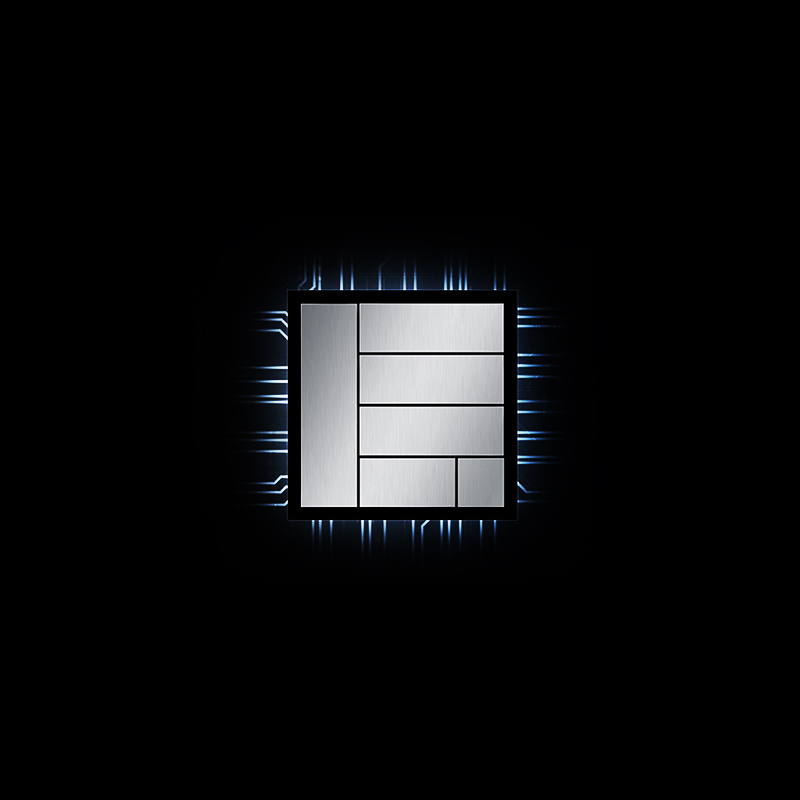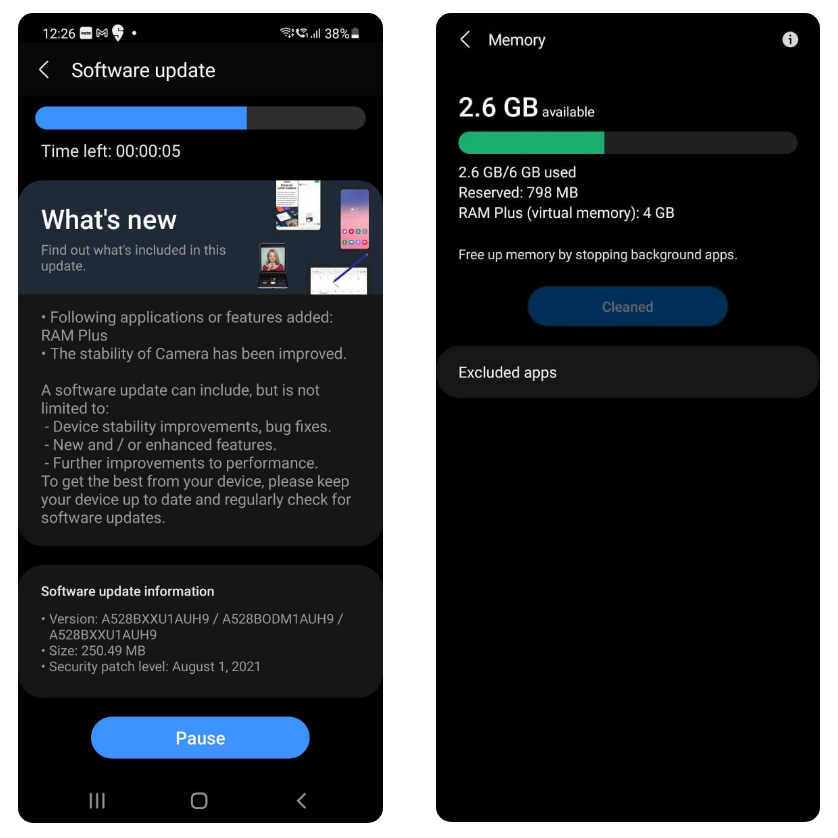
Random-Access Memory, or RAM, refer to as a device's memory capacity. Typically, RAM is used to temporarily store working data and machine codes.
Unlike physical storage, like hard disks, CDs and others, RAM is a lot faster. However, RAM is volatile, meaning that it cannot store information for prolonged use. Because of this computations use RAM to temporarily store data, while it is being processed by the device's processors, before being written or stored inside the device's physical storage.
For this reason, a device's RAM often contributes to the overall computing ability.
Samsung is the South Korean conglomerate company.
Among the many things the company is known for, is being the manufacturer of one of the most popular smartphone brands.
Powered by Android, Samsung knows that its phones experience what all of other Android phones suffer: memory issues. No matter how much memory Android phones are given, they will eventually run out of it, due to what's called the Garbage Collection.
It's this Garbage Collection that consumes computing resources in deciding which memory to free. A bigger overhead can lead to decreased performance, and resulting to the Garbage Collection to use even more memory to compensate.
But using 'RAM Plus', Samsung is trying to solve a bit of that issue.
Read: Android And IOS Memory Management, And How Are They Different
Simply out, RAM Plus is a rehash of the memory paging that already exists in Android and most other modern operating systems.
Initially introduced to Samsung Galaxy A52s 5G, through a firmware update version A528BXXU1AUH9 for users in India, it allows users to add 4GB of memory.
Bigger memory should result in a more reliable and a more stable phone.
However, the memory being added is virtual memory.
RAM in the form of a physical memory is impossible to be "downloaded." Through a software update, Samsung simply grants the Galaxy phone the ability to convert some of its internal storage into RAM.
Since the RAM is virtual and not physical, the 4GB additional virtual RAM will not be as effective as a 4GB physical RAM. In other words, RAM Plus will not turn the phone's memory to 10GB.
What's more, in some cases, it may even weaken performance due to the constant swapping, switching and real-time optimizing.
A similar feature has been embedded in Microsoft Windows, for example. But unlike Windows' virtual memory, Samsung's RAM Plus is easier to control.
Other phone manufacturers with similar feature, include Chinese phones like Xiaomi, Realme, Oppo and Vivo.

Regardless of its limitation, virtual memory is aimed to give a jump in capabilities.
For mid-range and entry-level phones that tend to have a more restricted RAM capacity if compared to high-end phones, RAM Plus should benefit.
In the smartphone market, manufacturers require devices to be in great quality to stand out.
For Android phones, it's all about the number of cameras, and the number of megapixels they can capture, the processor type, and among others, also include the number of RAM.
In other words, phone with more RAM will always have a better selling point than phones with lesser RAM.
And through RAM Plus, Samsung can add RAM to users devices' for free.
All it takes, is just a firmware update.
Foe users, after the firmware installation, the virtual RAM should allow the phone to keep more processes opened, and streamlining their work. This should in turn improve the phone's background processing capabilities, allowing it to load more apps with a certain weight.
With RAM Plus, Samsung introduces a way to enhance the capabilities of a device, but with the trade-off of speed.